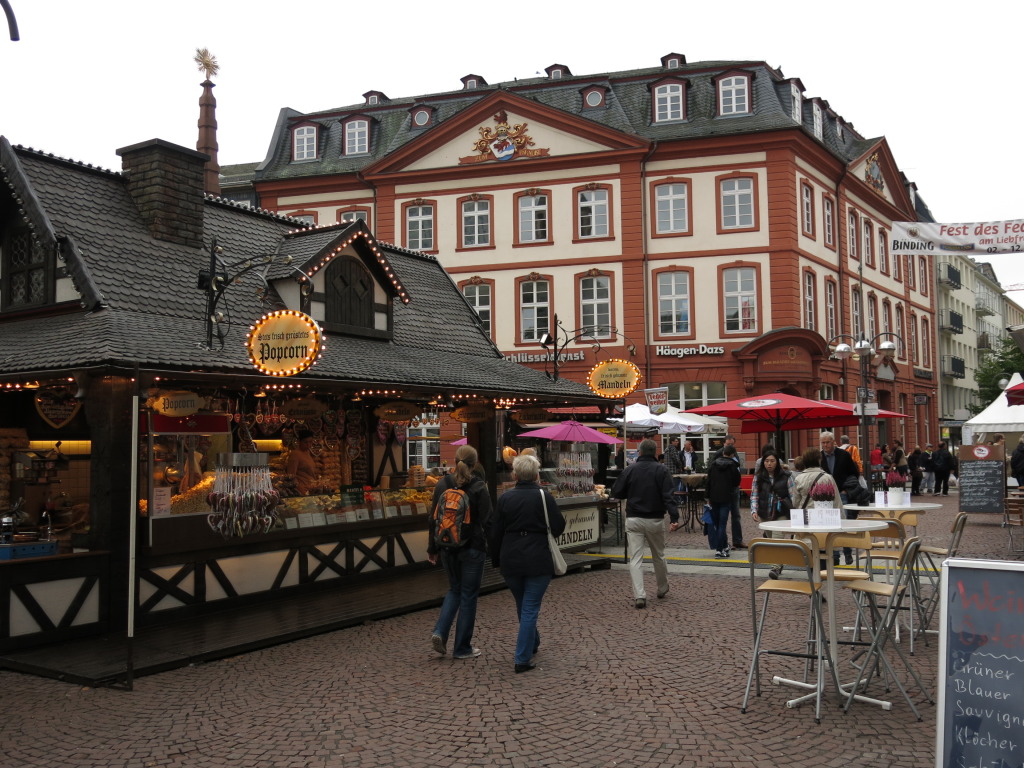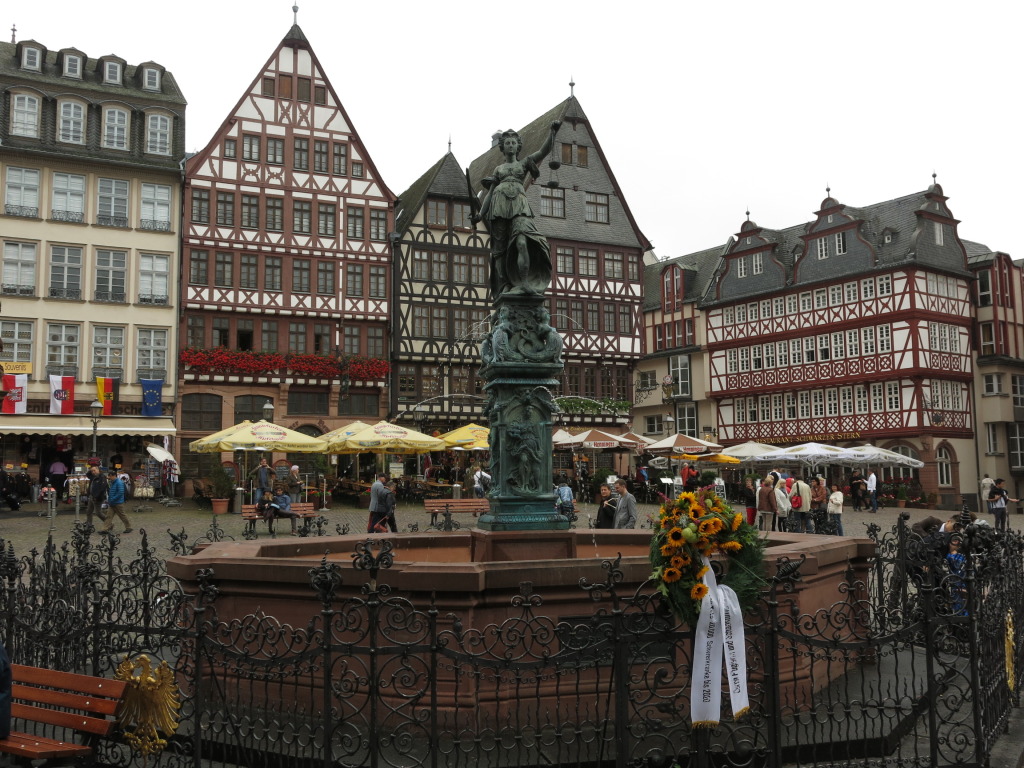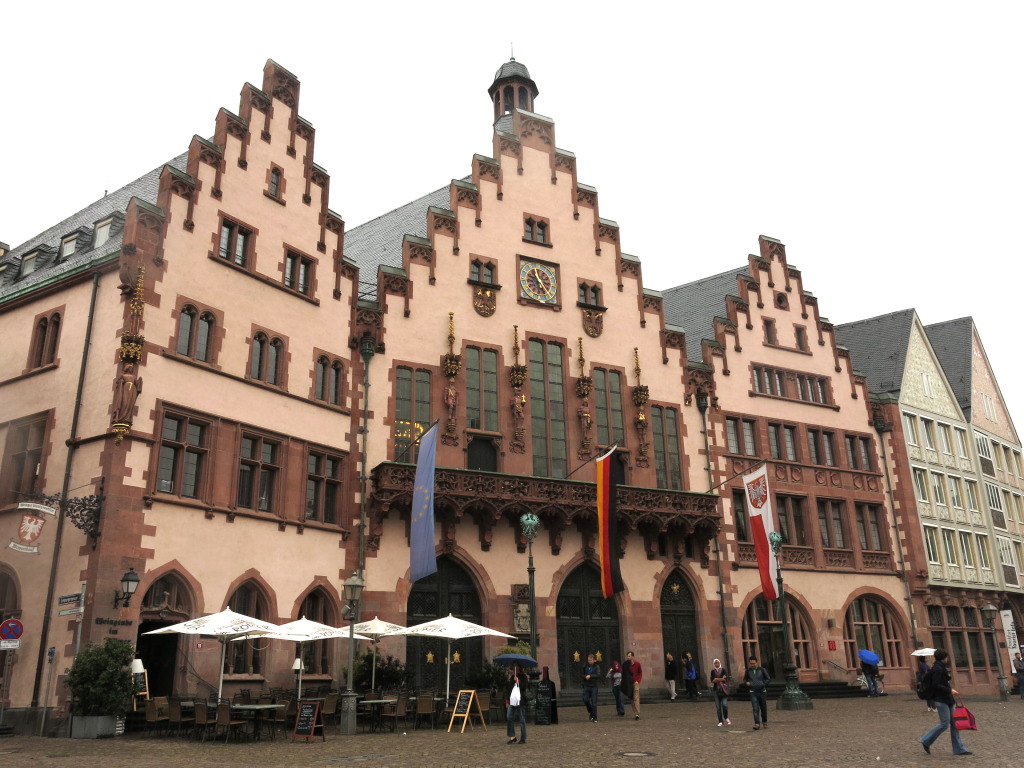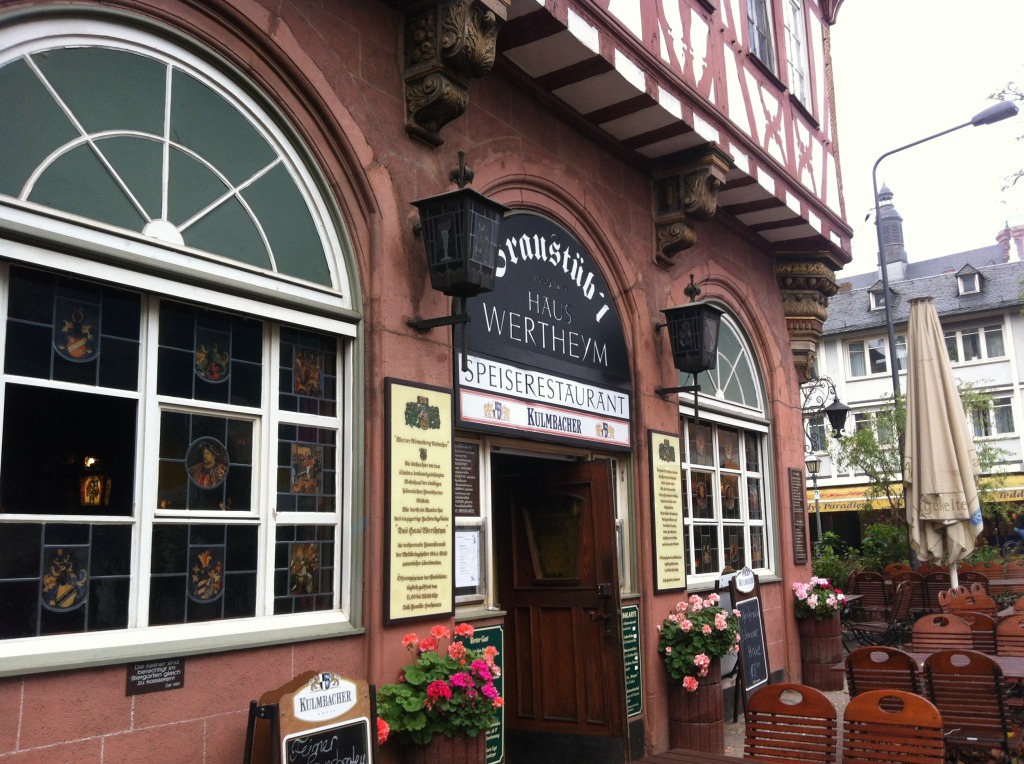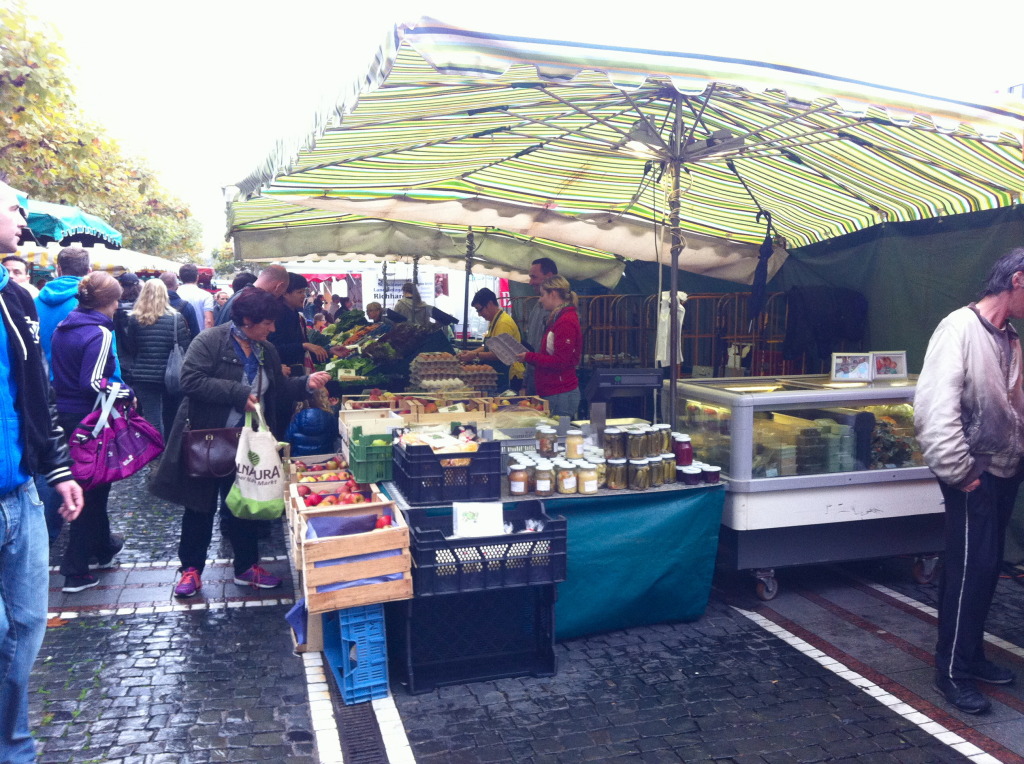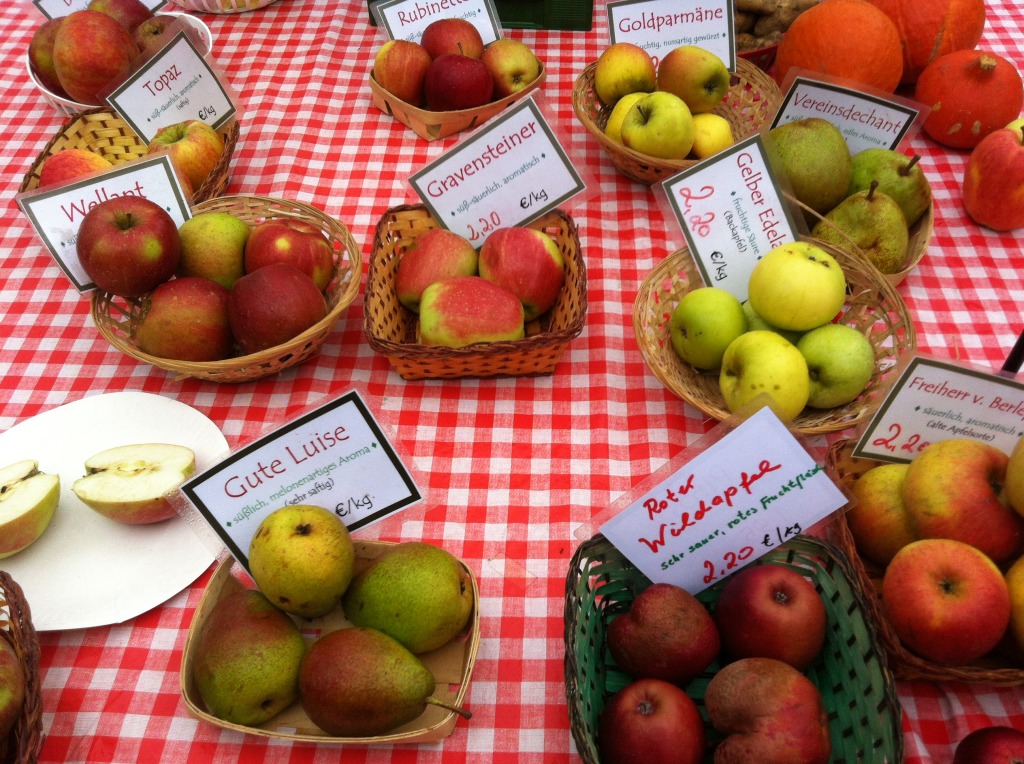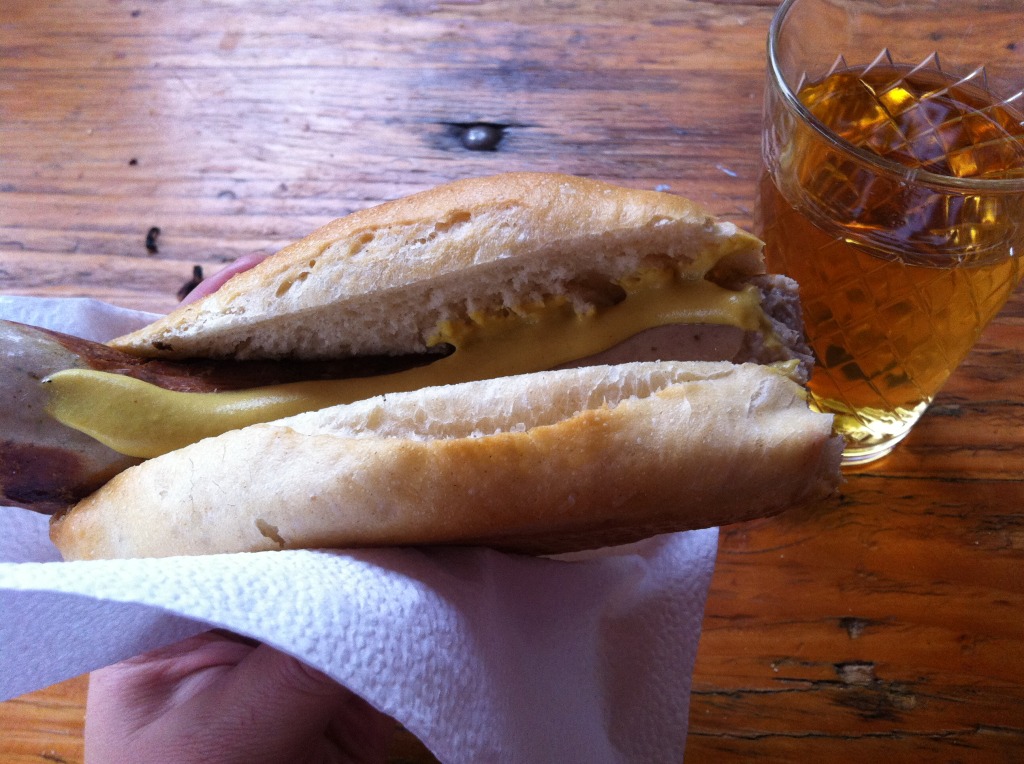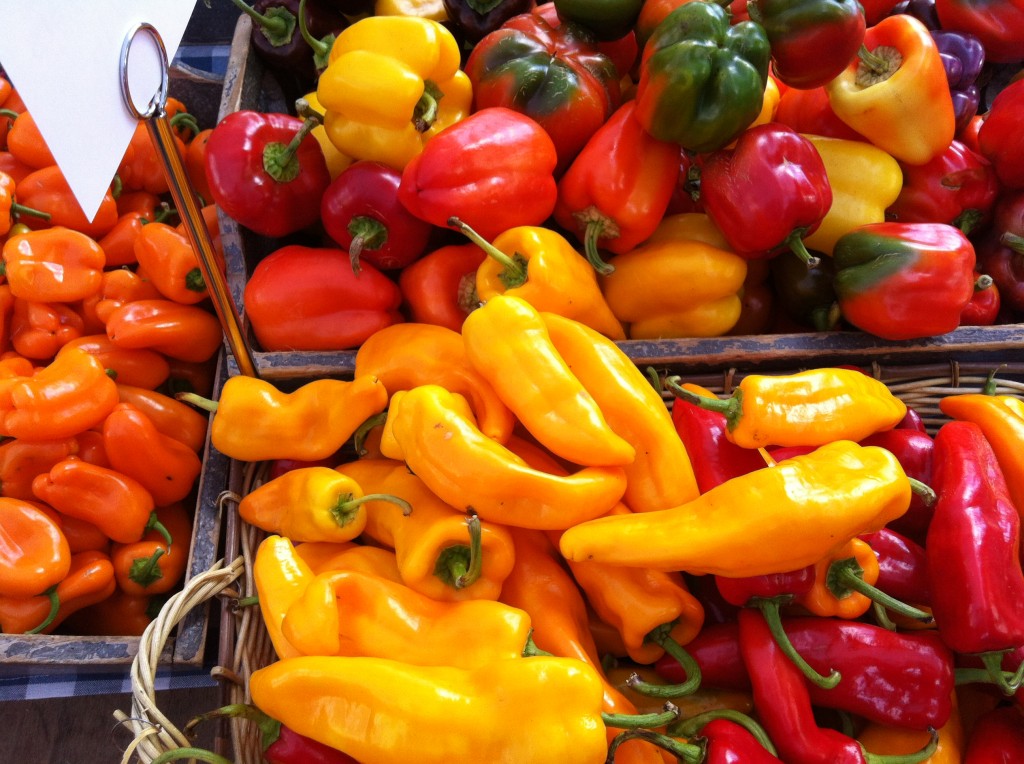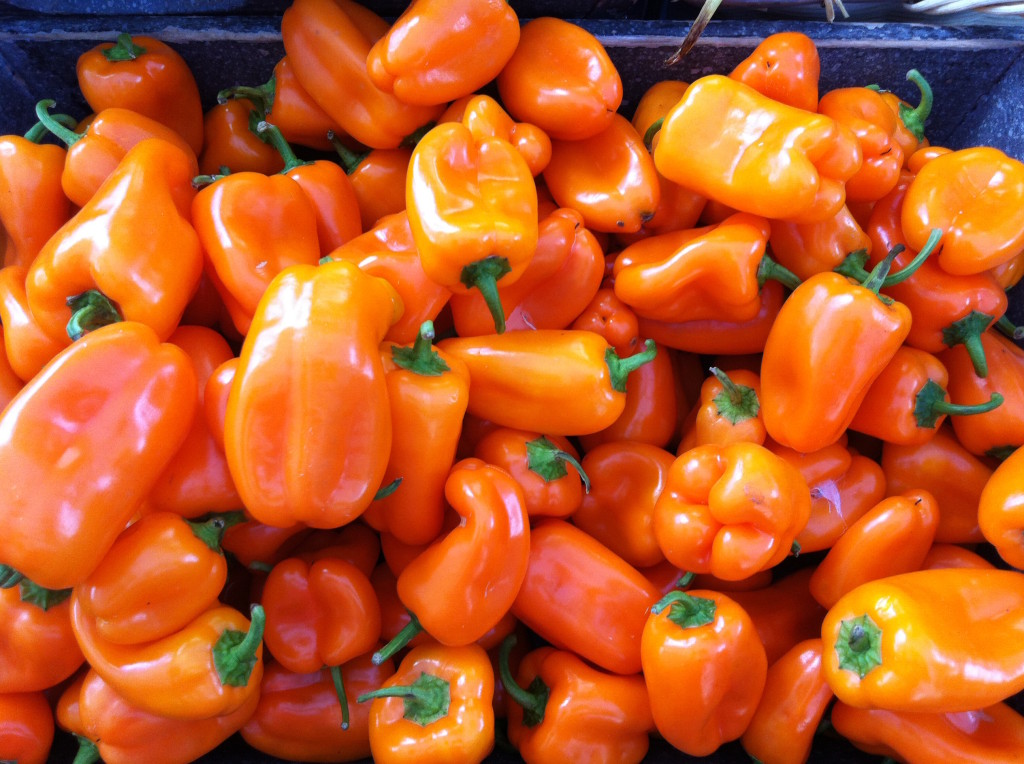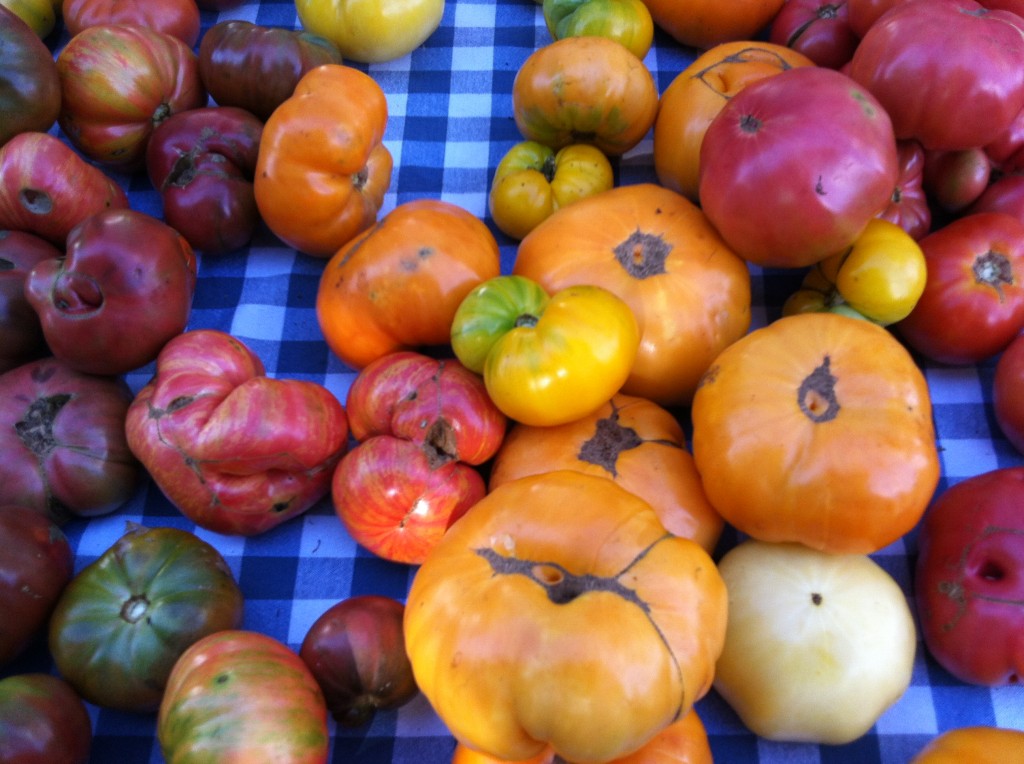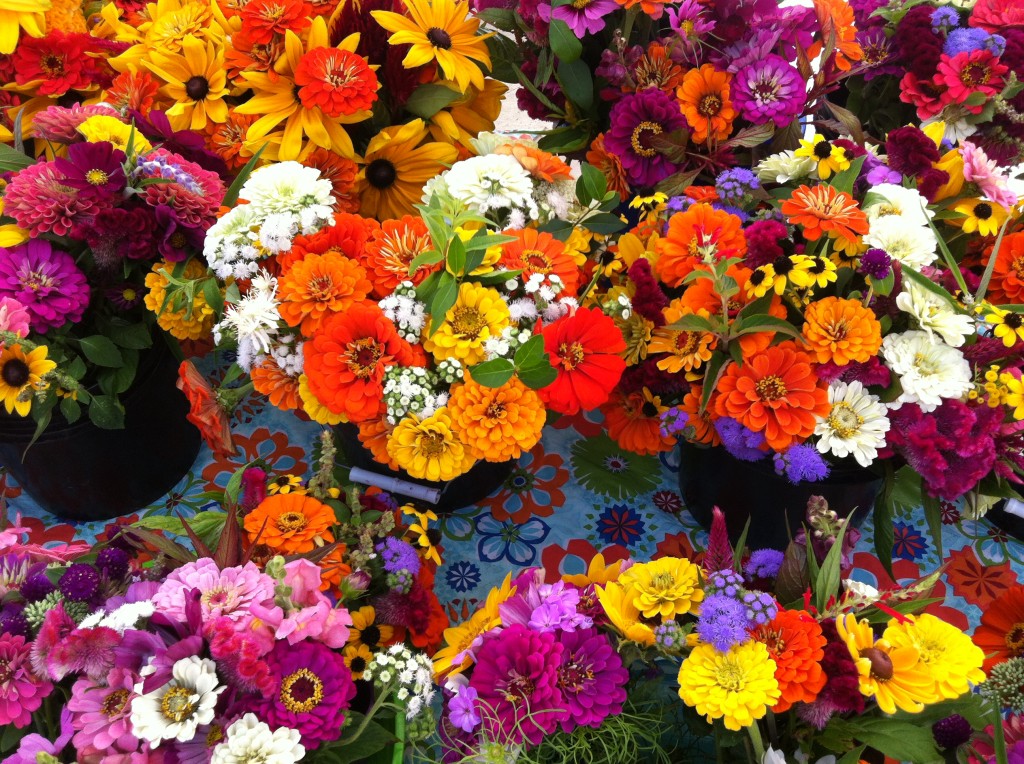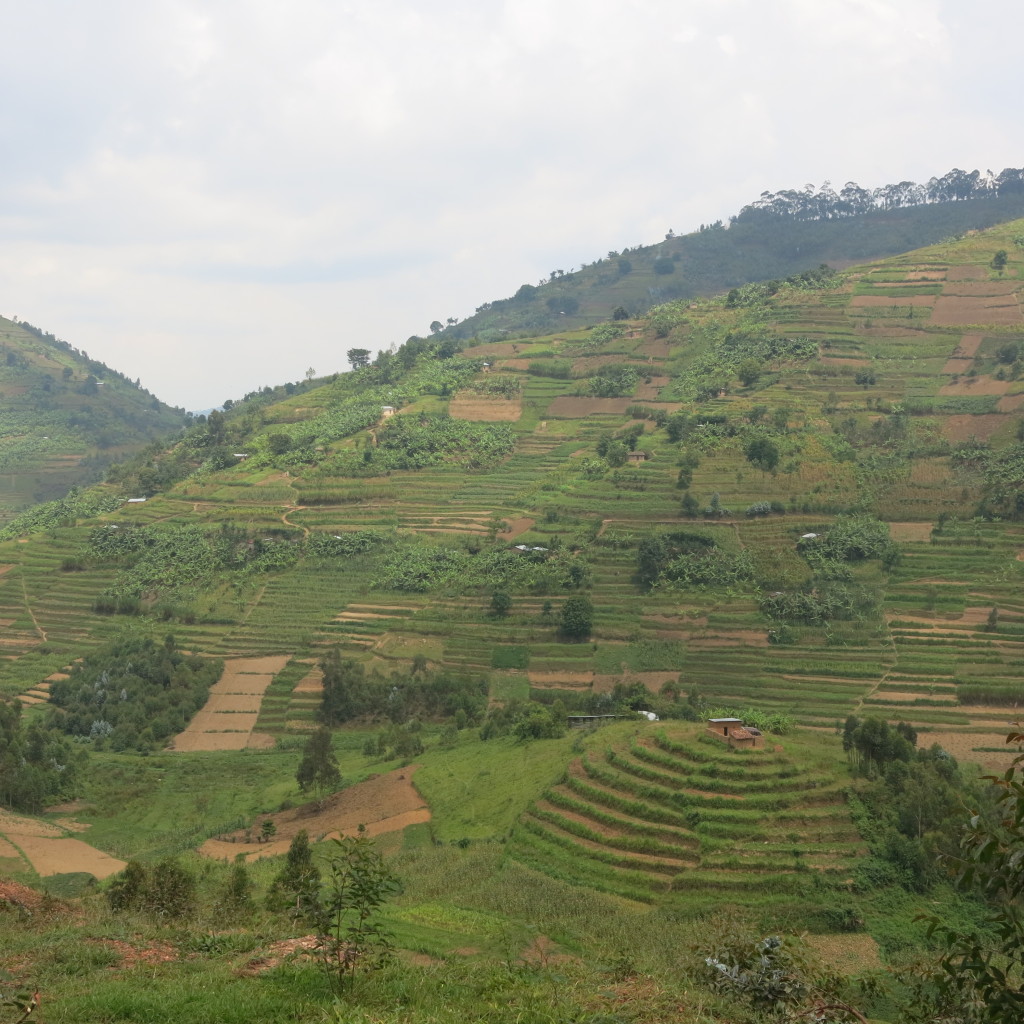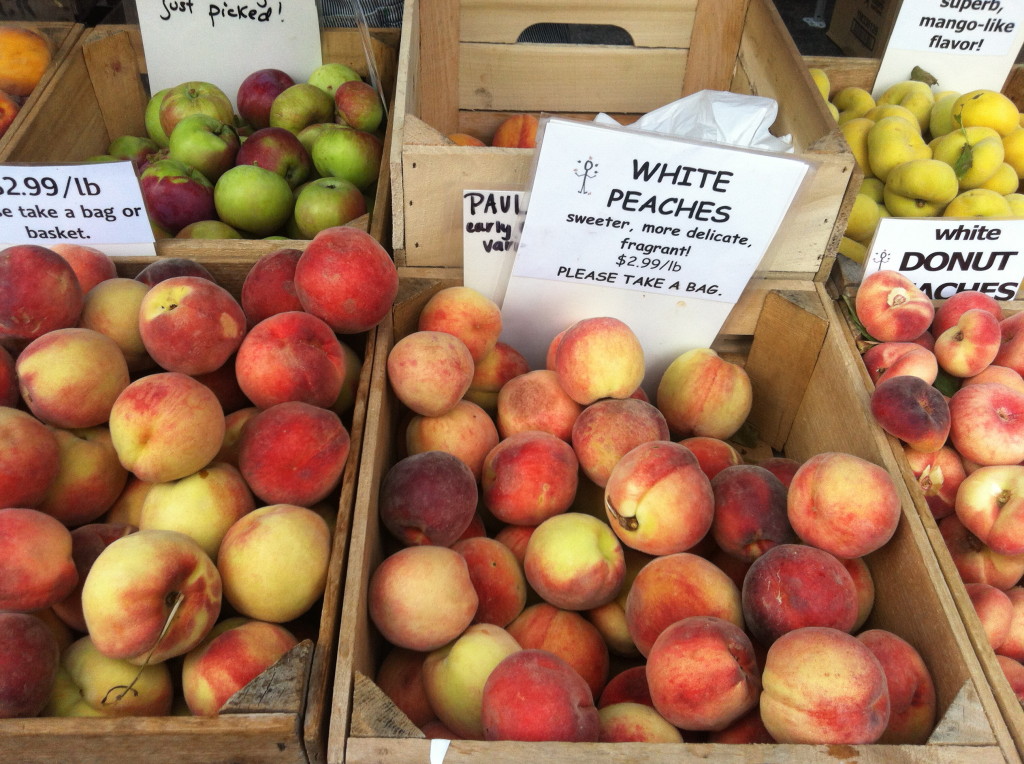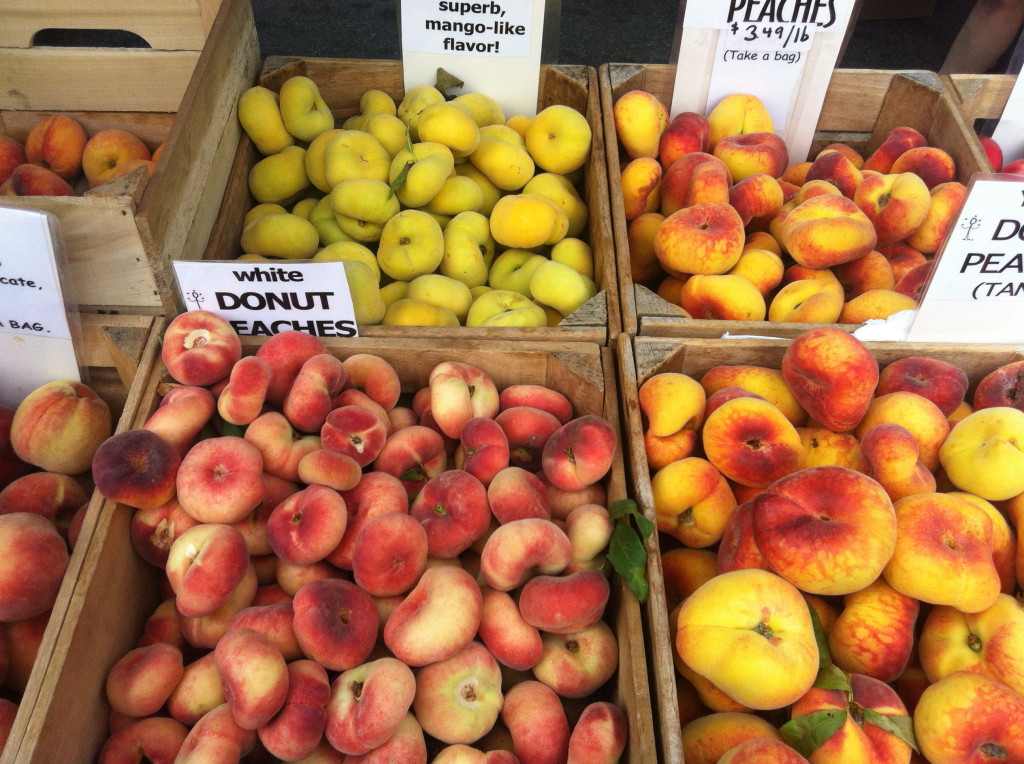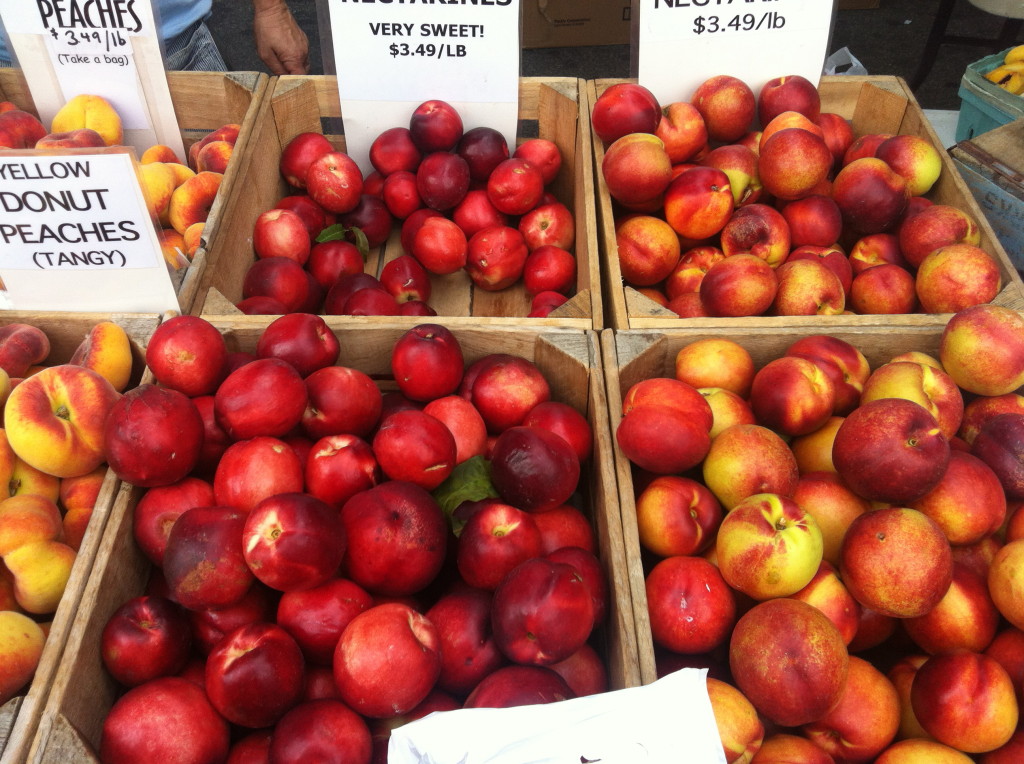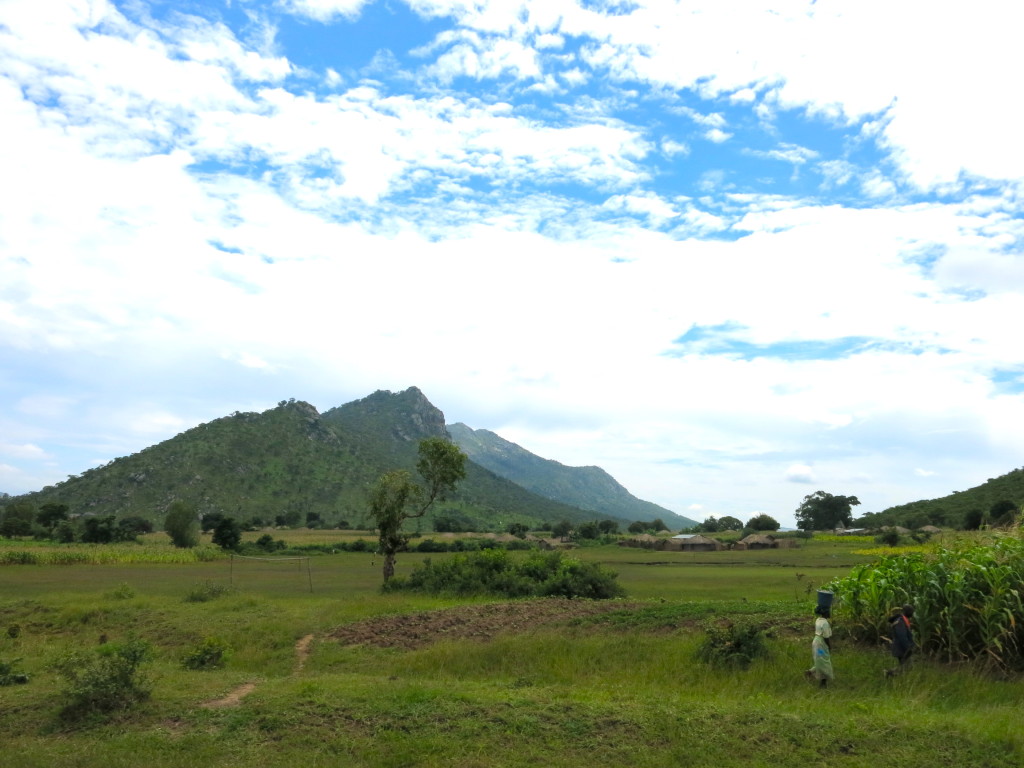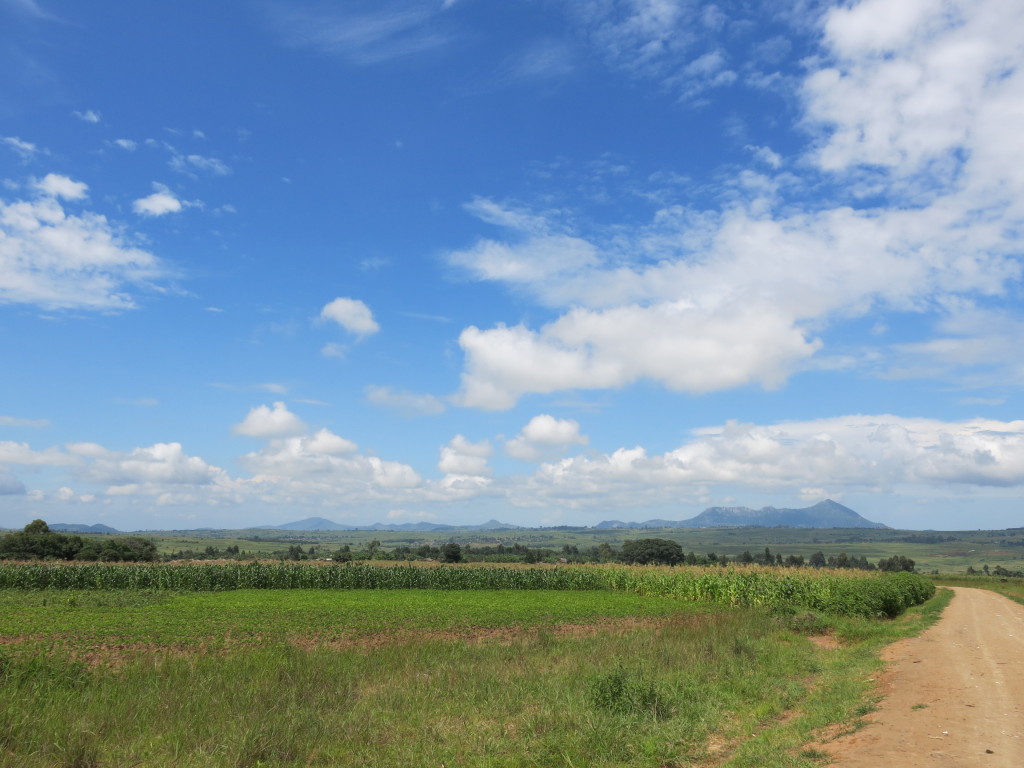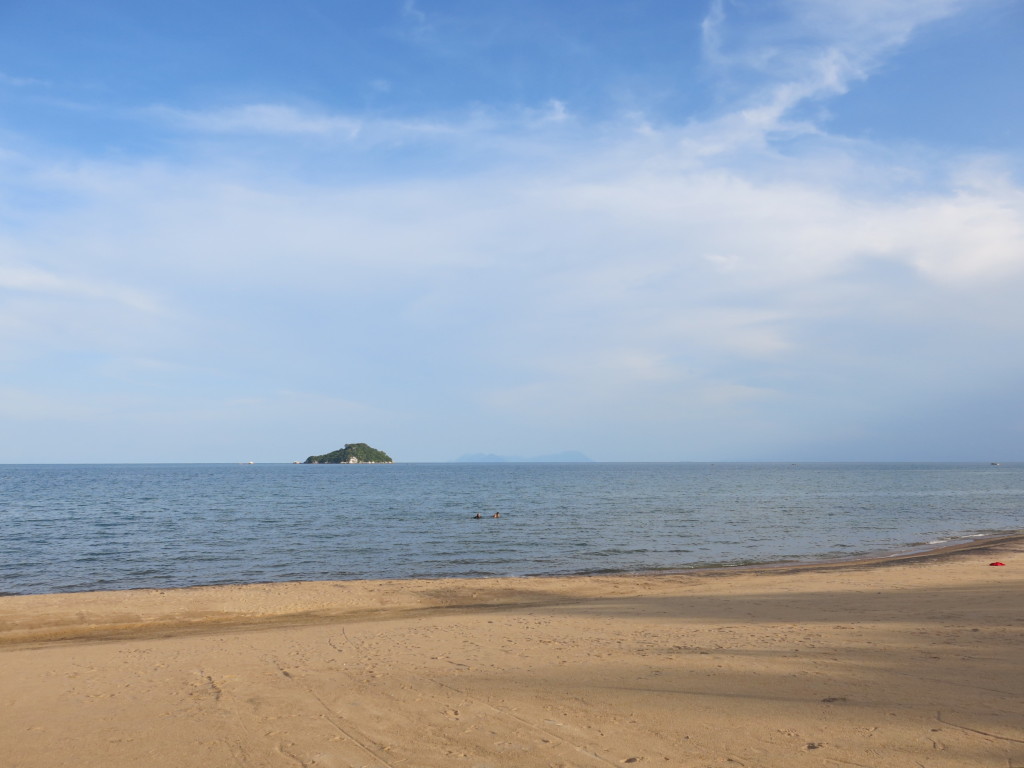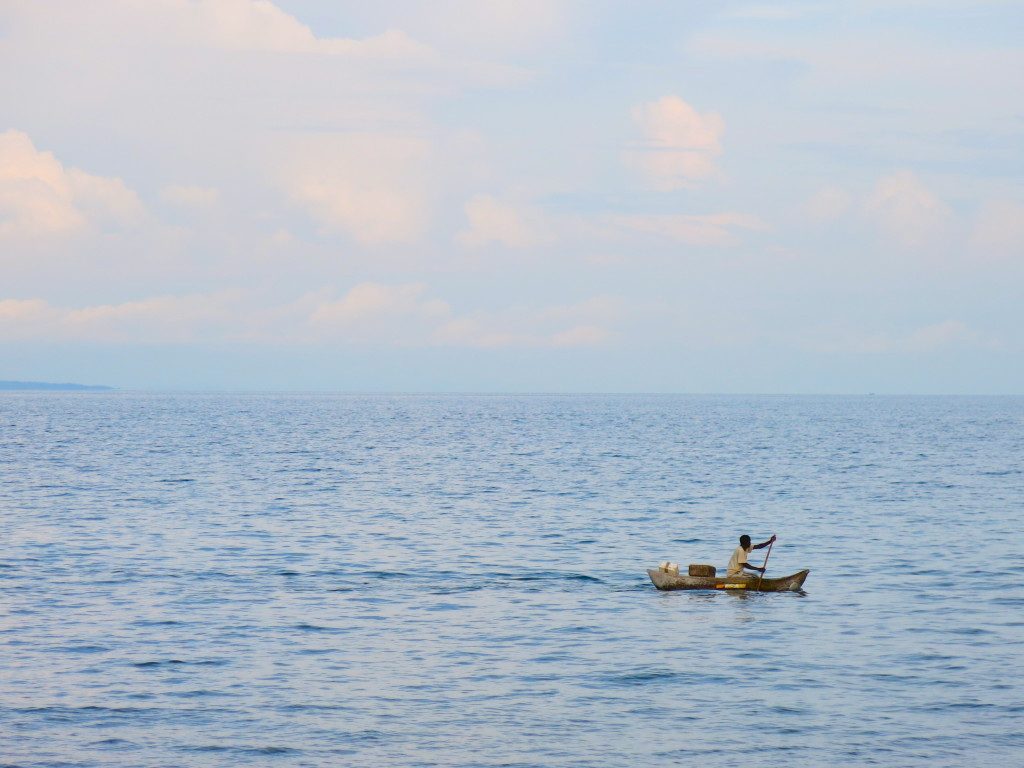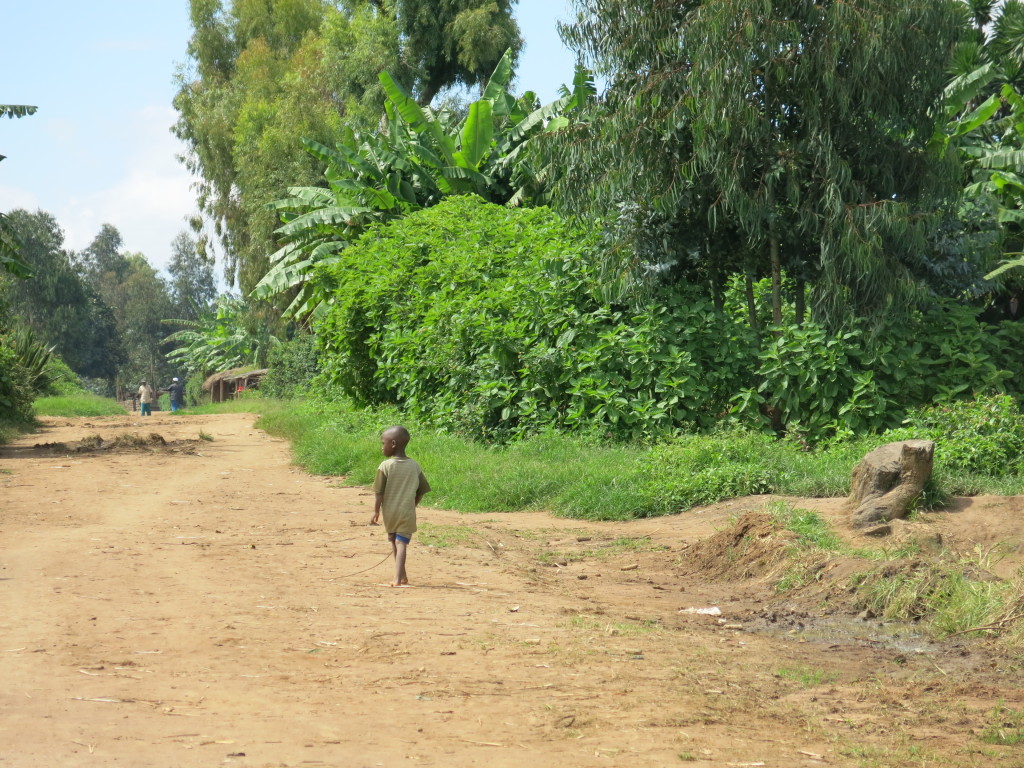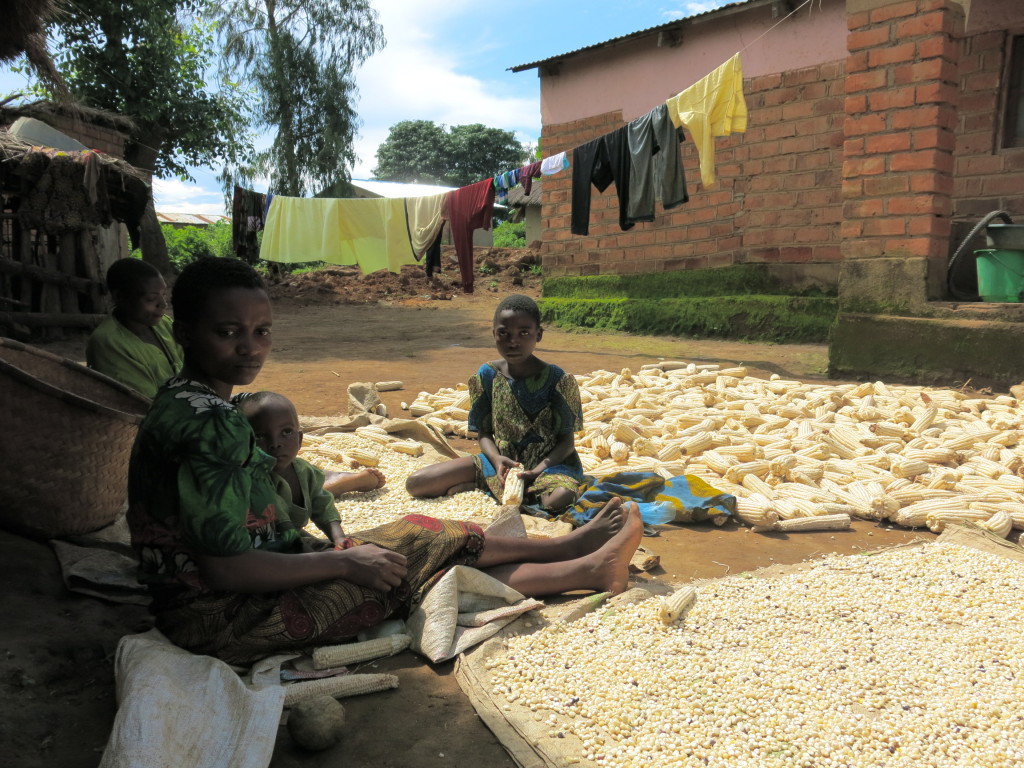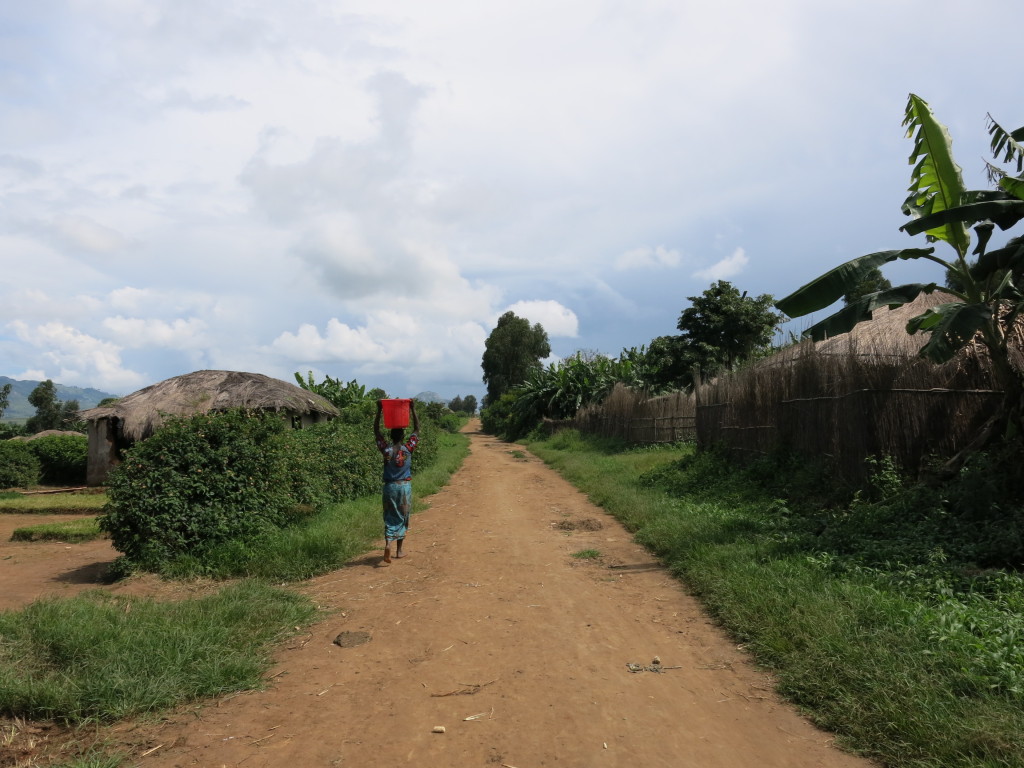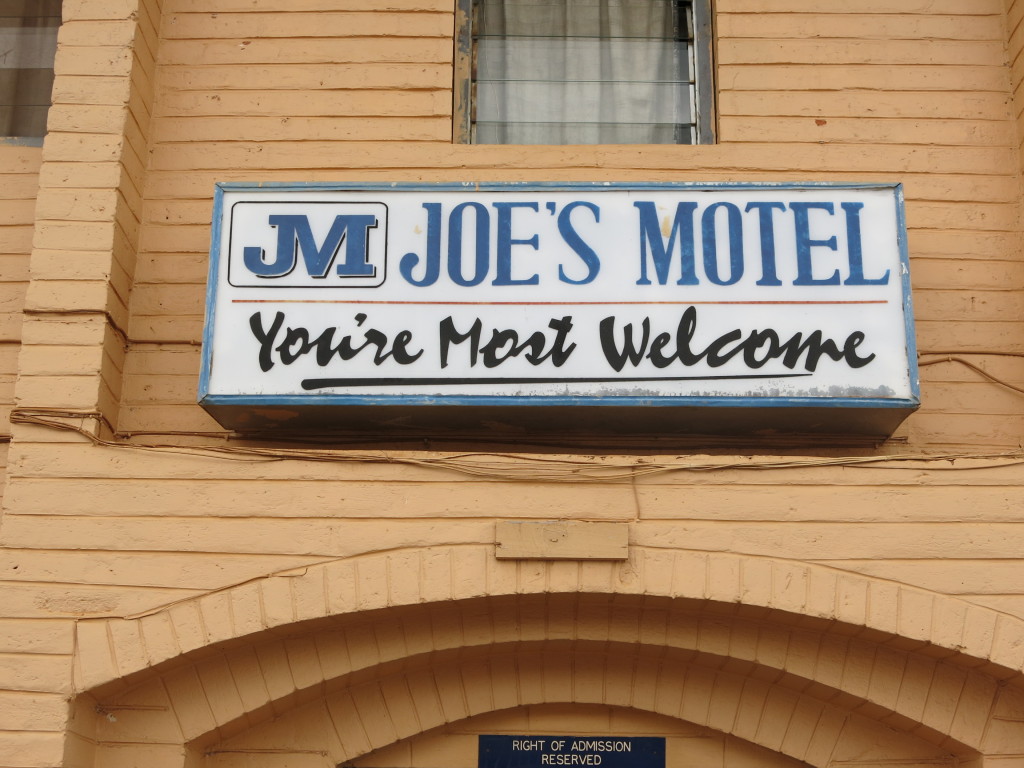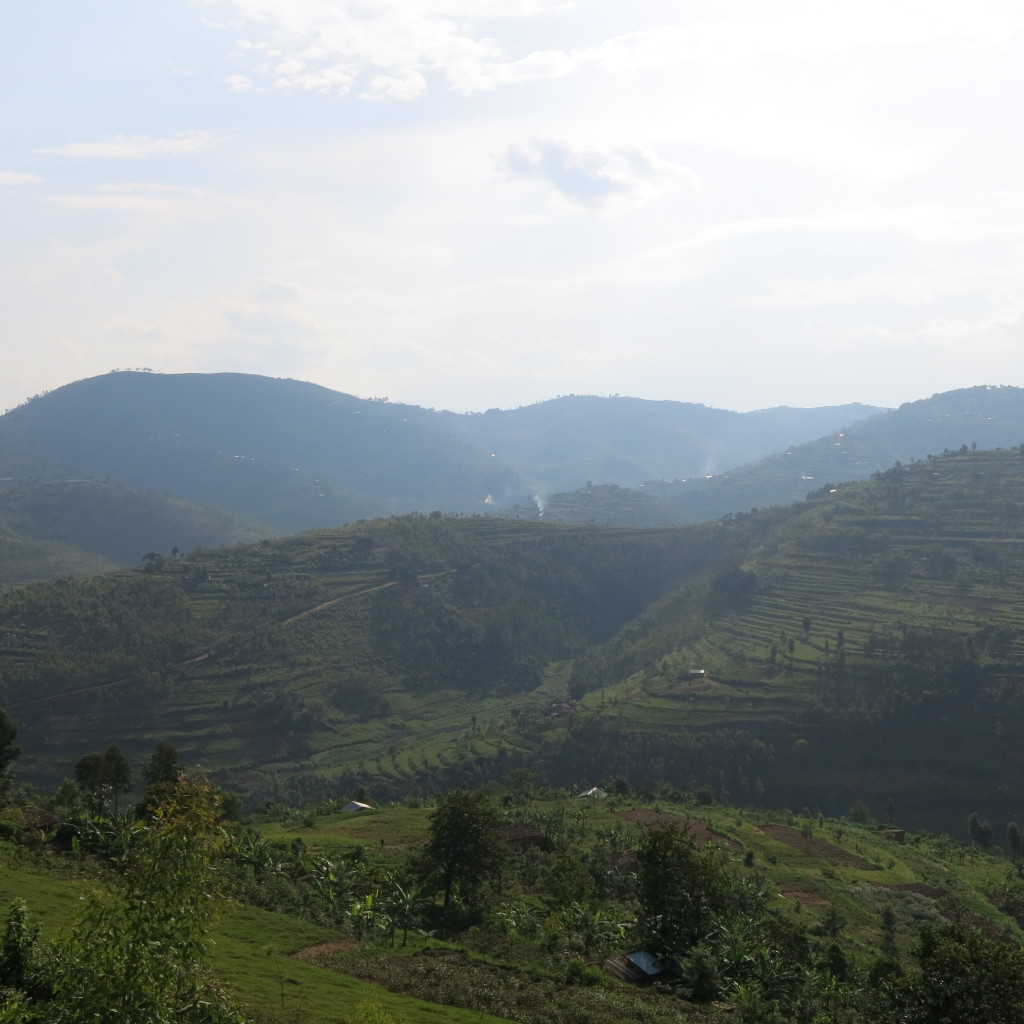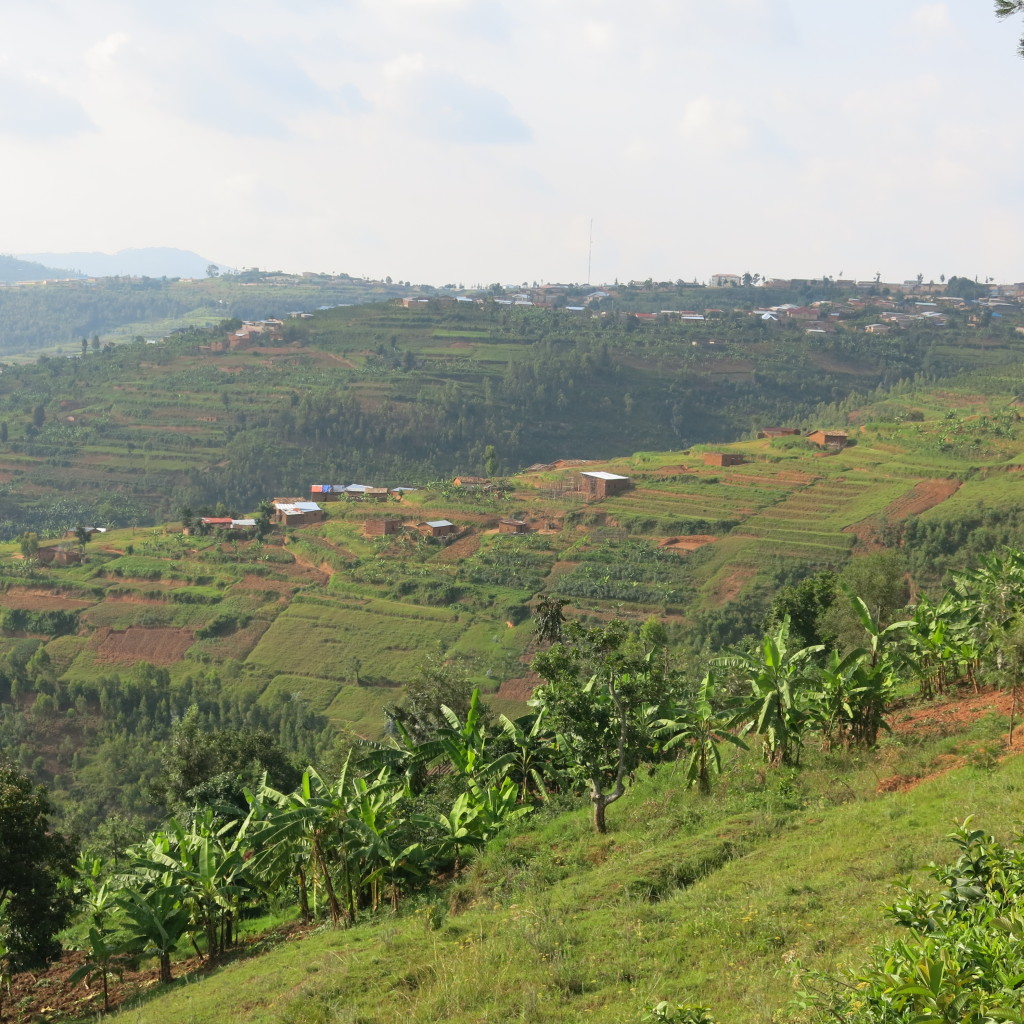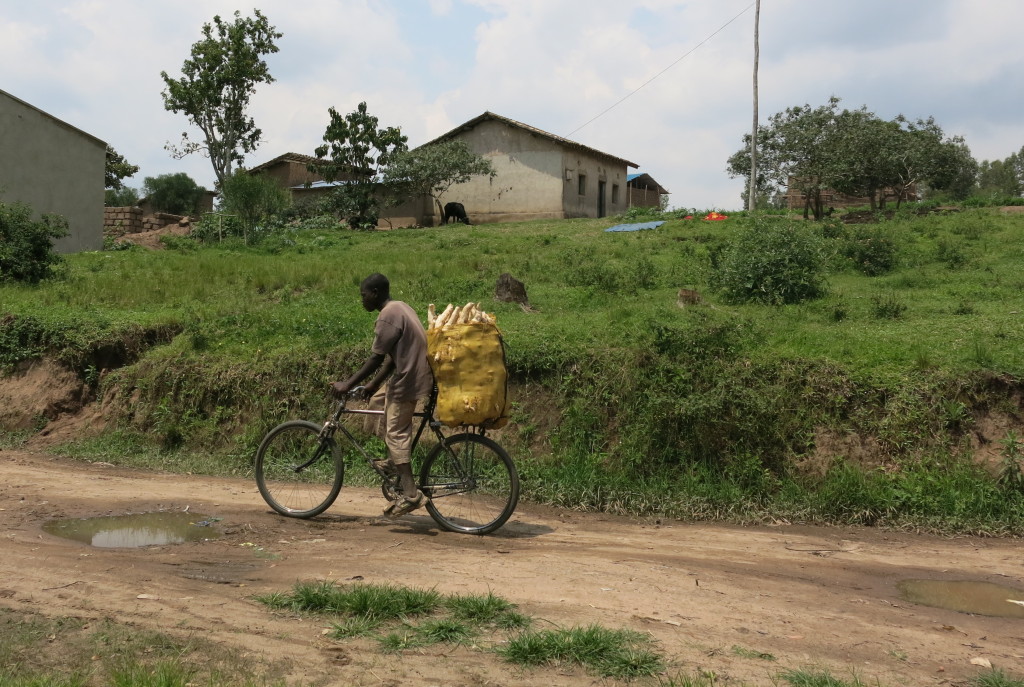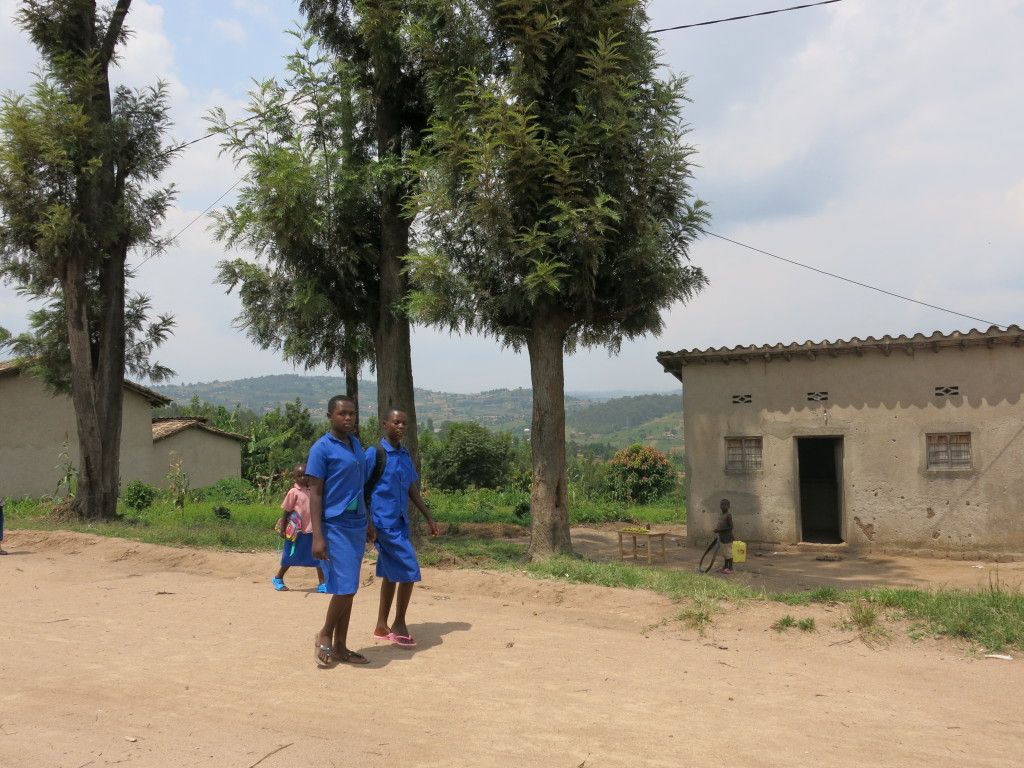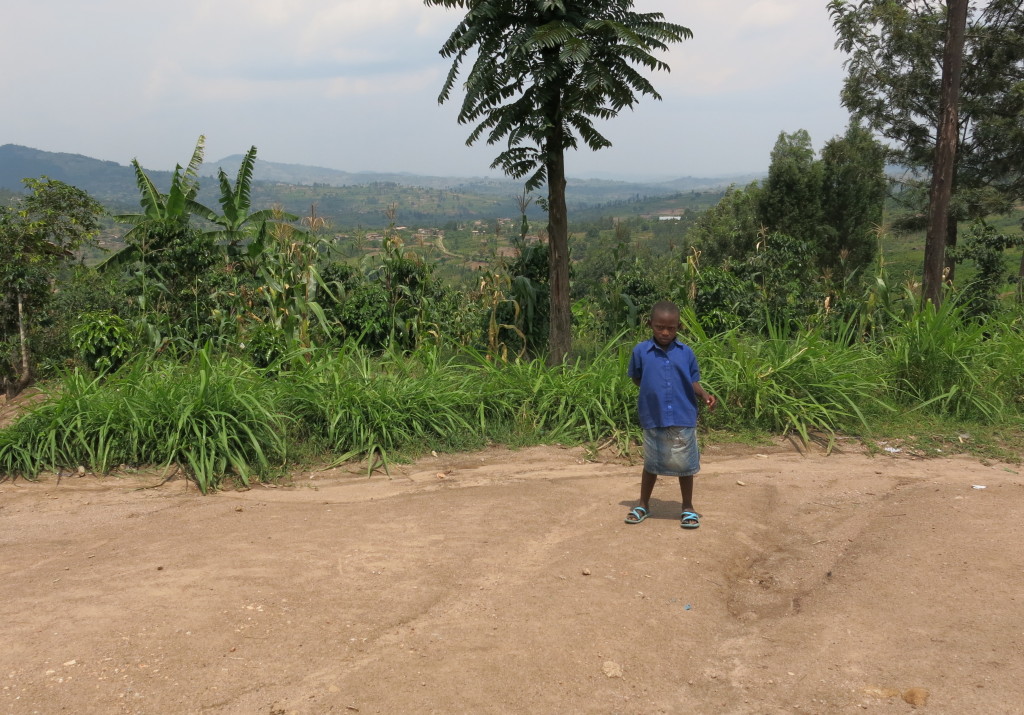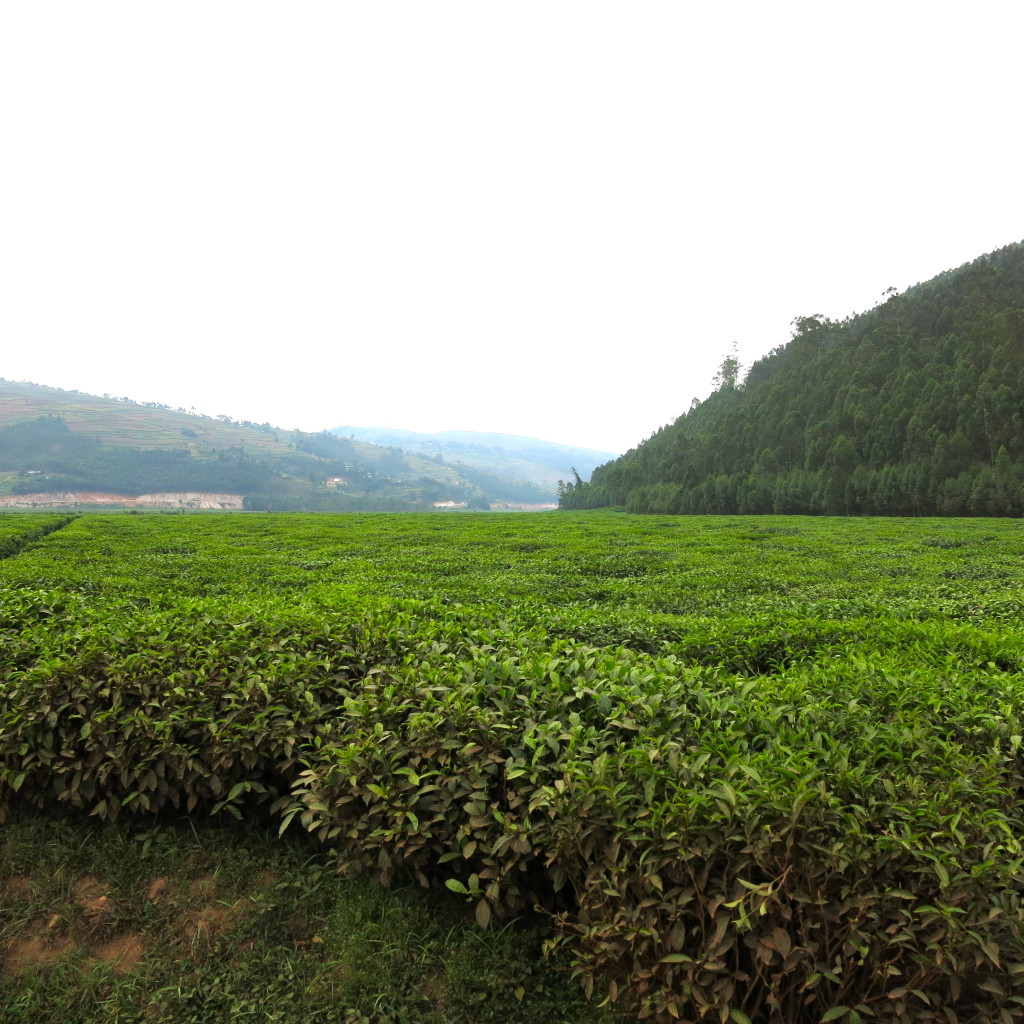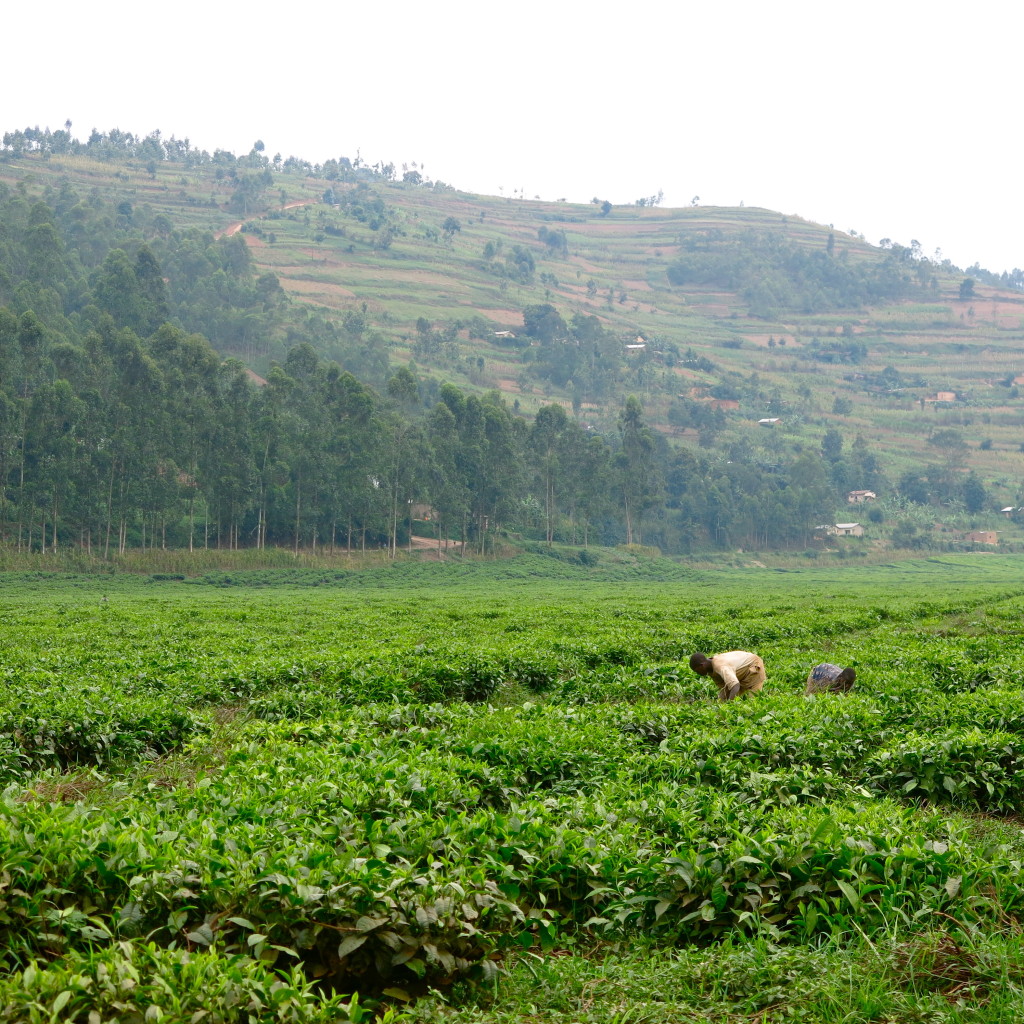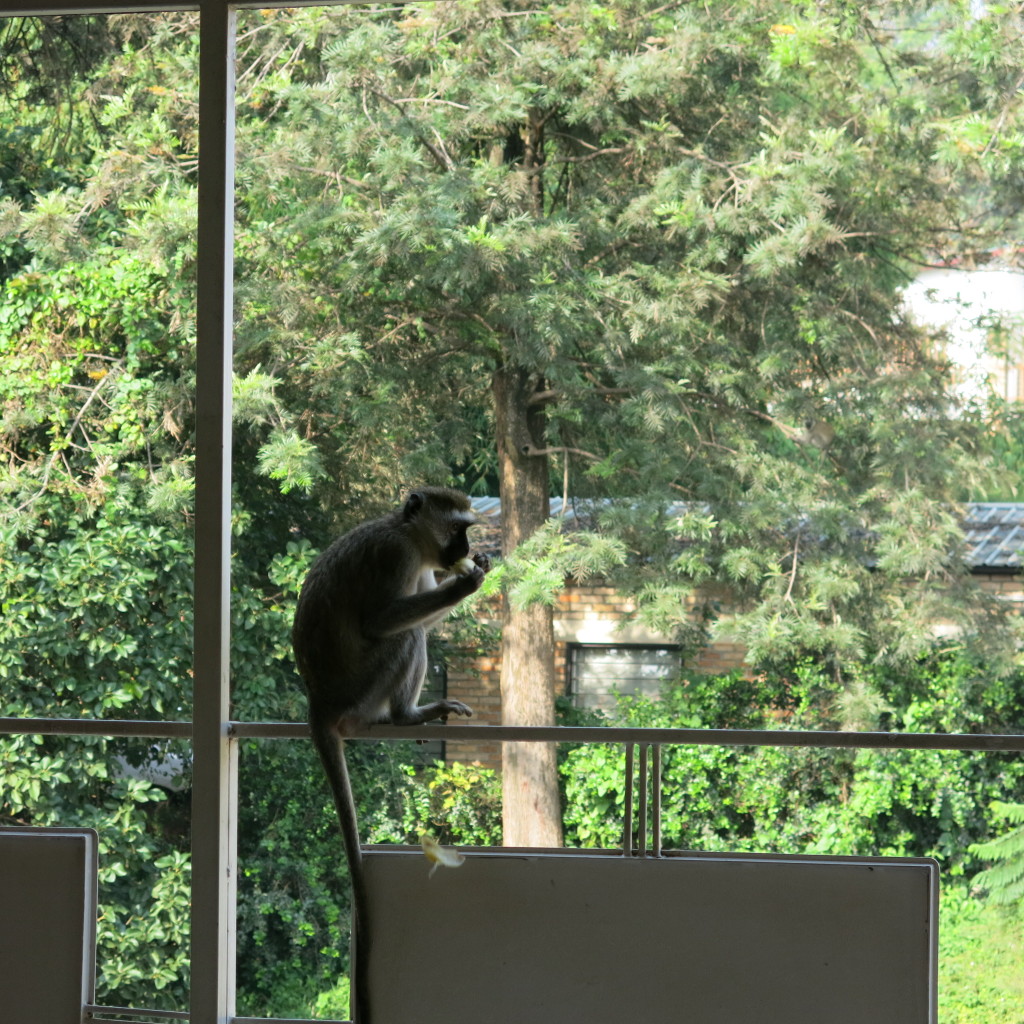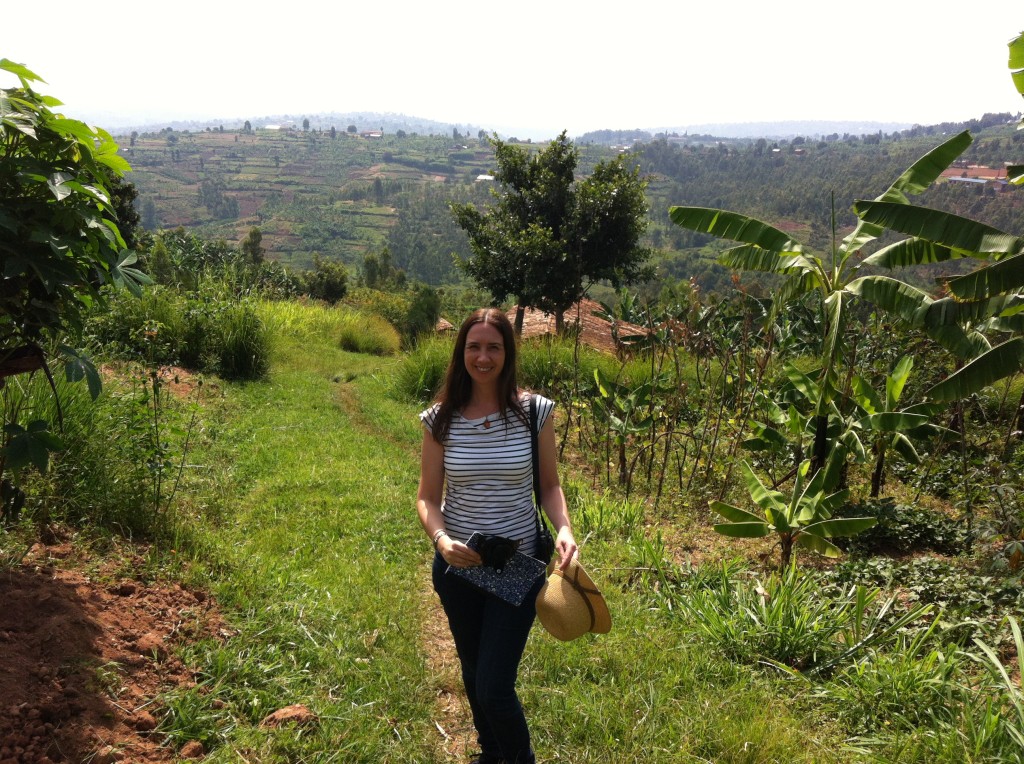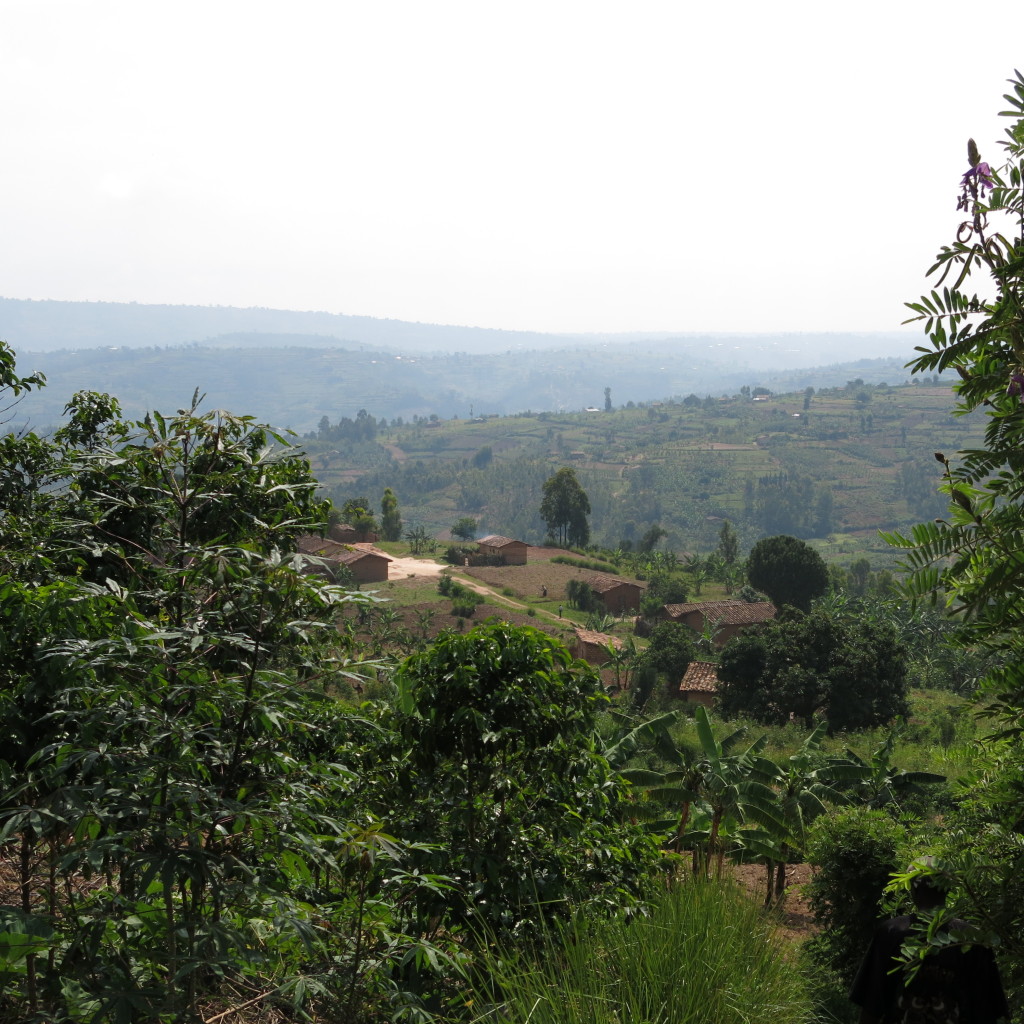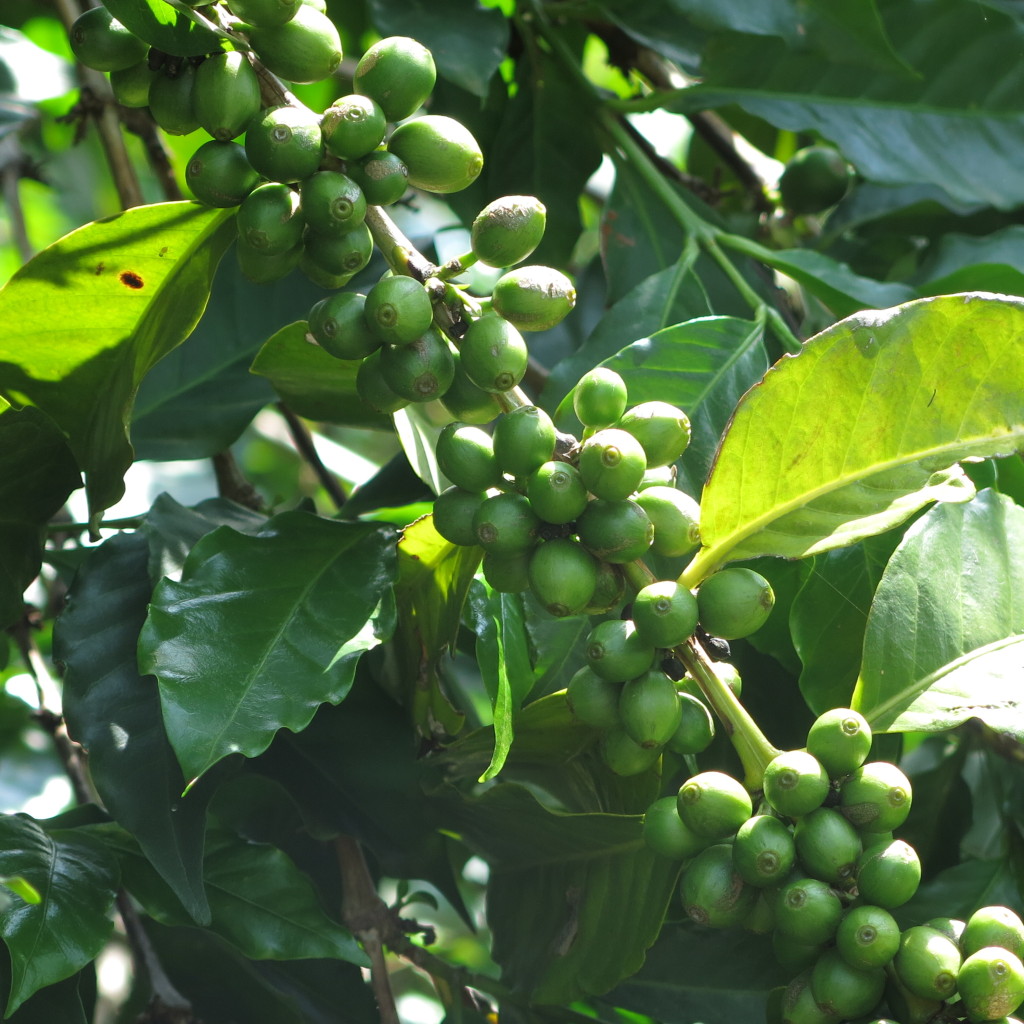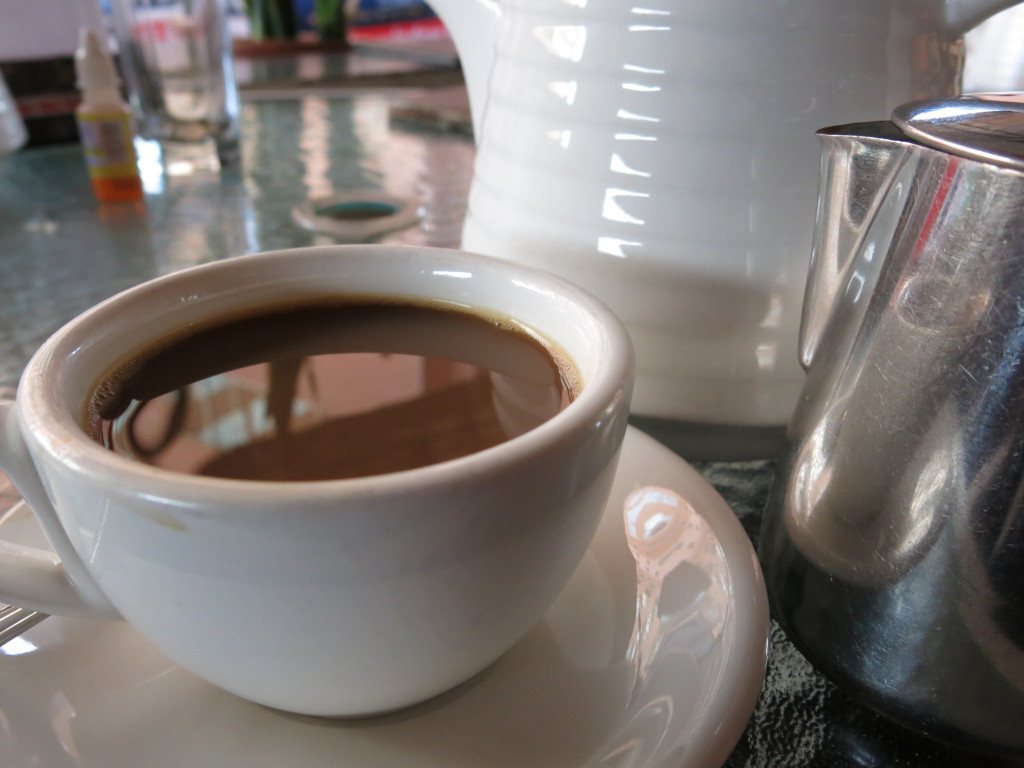In one way, Rwanda differed any other country that I have ever been to, and that was in its food culture. I guess all my foodie readers will now think that “what in today’s world can be so unique about a country’s food culture, and especially if I haven’t heard of it?” Or even that “how can Rwanda’s food culture be so unique if there are no Rwandan restaurants anywhere else?” I will explain:
When I was out on one of the field trips, we passed town after town where I saw people sitting along the main street, talking to each other and running errands, like people do in towns everywhere in the world. So when it was time for lunch, I suggested to my Rwandan colleague that we could get something light from one of the stores and just eat on a bench and watch people. Observing the everyday life and interacting with local people outside of my meetings is the one thing that I miss when I travel for work. But my colleague cautioned me as we pulled up to a bakery, and said that “we can definitely buy something to eat here, but I doubt that J-M (our driver) will eat anything.” When I asked why, she told me that people don’t eat in public or even outside their families. She said that Rwandan men normally don’t even eat with their wife and children, because eating is a sign of weakness and so men are not supposed to show that they need to eat. She said that although this is changing slowly, this is still a strong part of their culture. In fact, we had invited for lunch by the people we had had a meeting with earlier that day, and she said that she had been very touched about that because it was really an intimate gesture.
This was very curious to me, and I tried to find out more about this during my stay in Rwanda. It was true that we were never offered anything but water in any of our meetings. No coffee or tea and certainly no food, candy or cookies as is common when I’m in meetings in Central Asia or Mongolia. And normally farmers are eager to offer something to drink and eat when I’m meeting them, but never in Rwanda. I asked my colleague if food was not part of their festivities. In many countries, my impression is that certain holidays and religious festivities have evolved according to the crop and livestock calendar, and food is more often than not the center of the tradition. This is, however, not so in Rwanda. Even weddings are traditionally without food, and only recently have people started to serve something to eat, like cake. But I was told that these new ways still make many people uncomfortable.
Despite this, the Rwandan food that I had was very good. Diverse dishes with meat stews, beans, plantains, cassava, rice and potato or sweet potato, and fantastic fruit like mangoes, pineapples, baby banana, and my new favorite: the tree tomato, or tamarillo as it’s formally known as. I had tree tomato juice every morning during my two weeks in Rwandan and it’s very tasty and not too sweet. Rwandans also like dairy products and drink a lot of milk, which is not the case all over Africa, and in line with their francophone heritage, they take their coffee with warm milk. Other influence over the cuisine is the Indian, which is quite interesting that far into Africa. In other words, Rwanda has a broad offer when it comes to food and there are a lot of nice restaurants and cafes in Kigali, and vendors selling samosa, mandazi, and other street food. So despite the it’s unique culture when it comes to eating rituals, part of any Rwandan experience will definitely be the food.
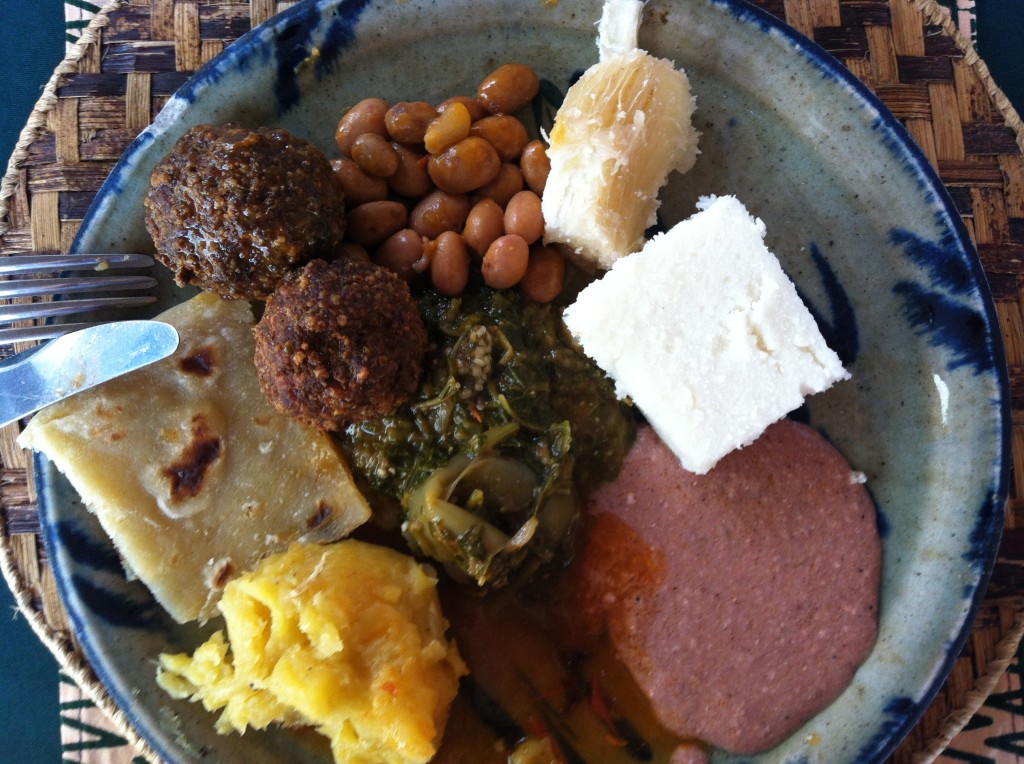
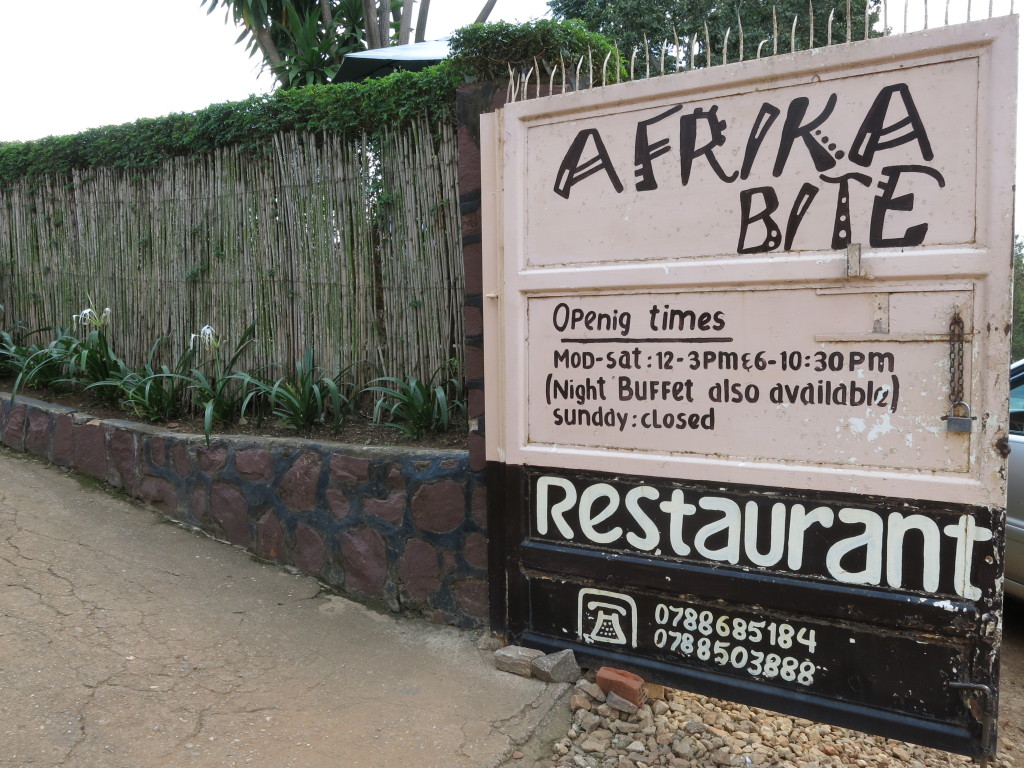
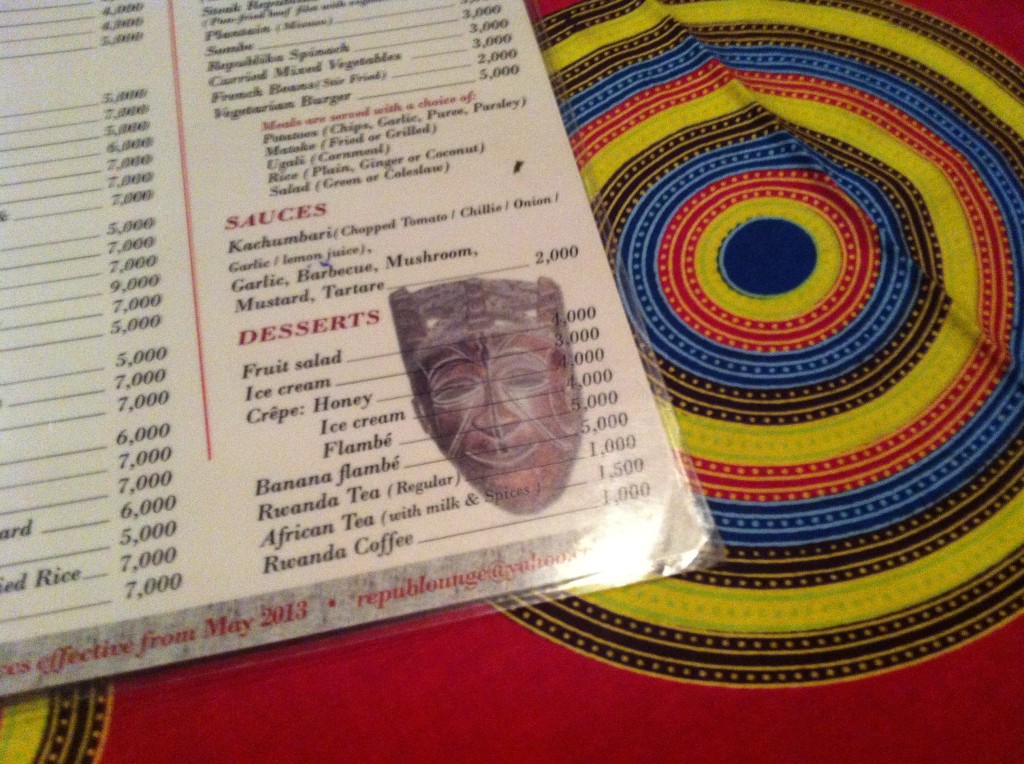
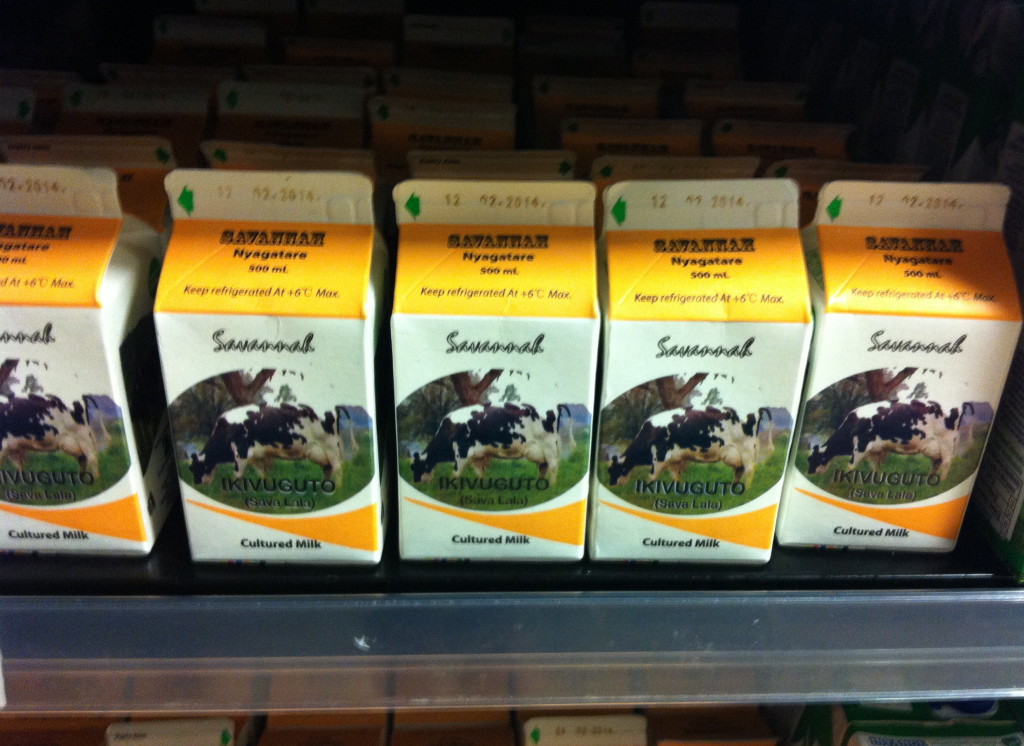
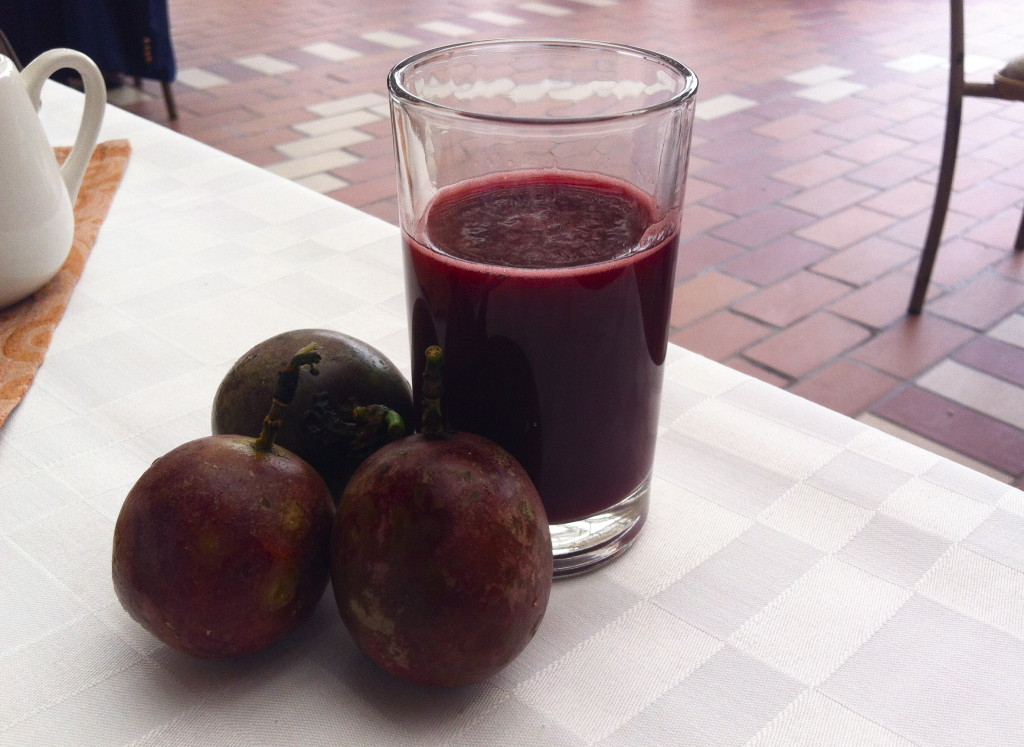
From the top: African buffet from Restaurant Africa Bite, one of my favorite places in Kigali with great food and a lovely garden to sit in // Menu from another great Kigali restaurant, Heaven // Rwandan milk cartons // Tree tomato/tamarillo, fruit and juice.
